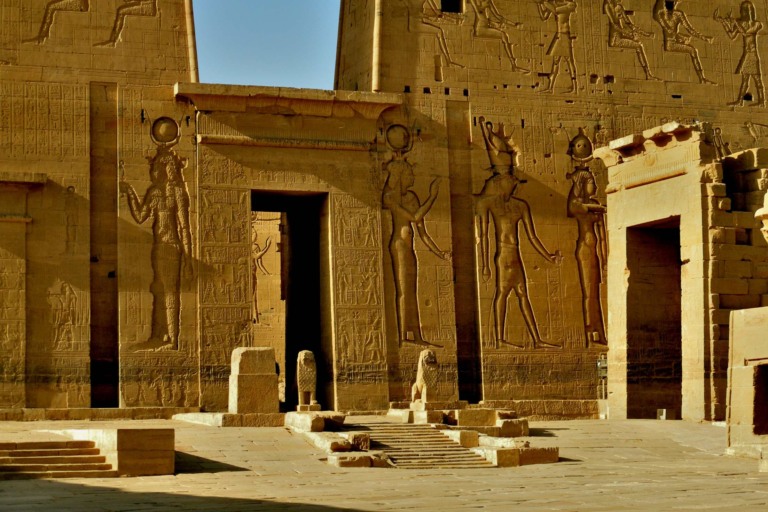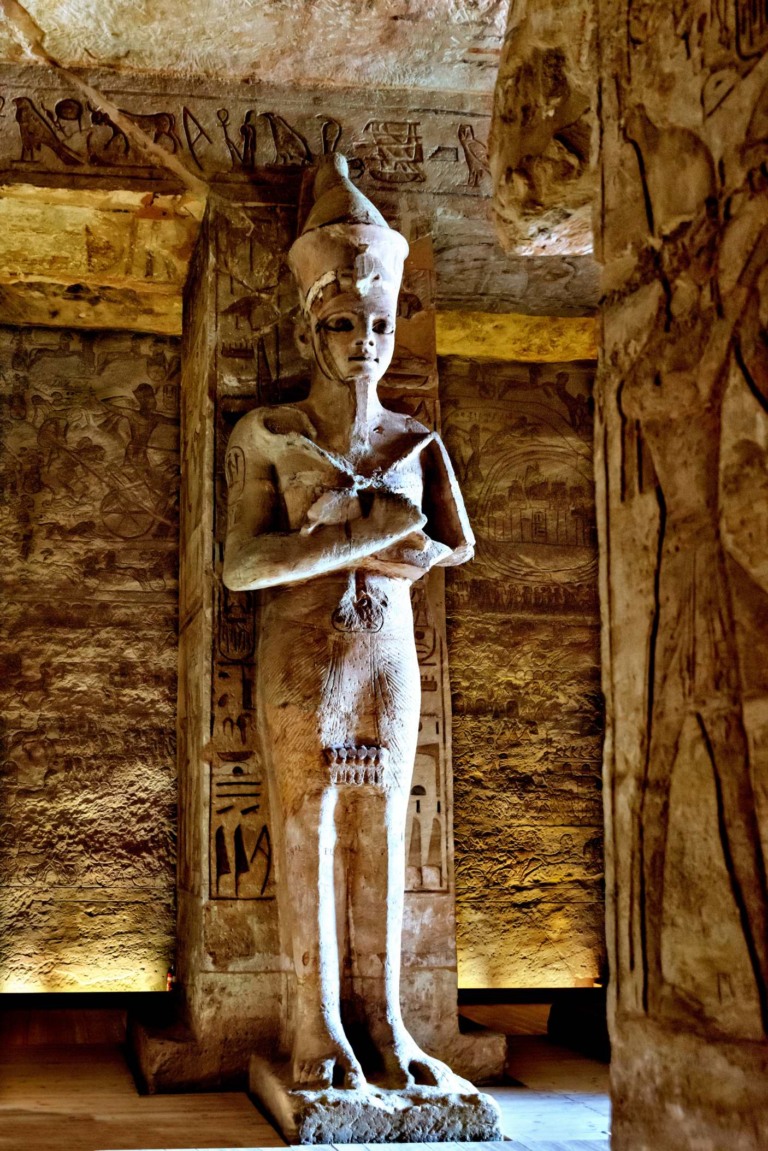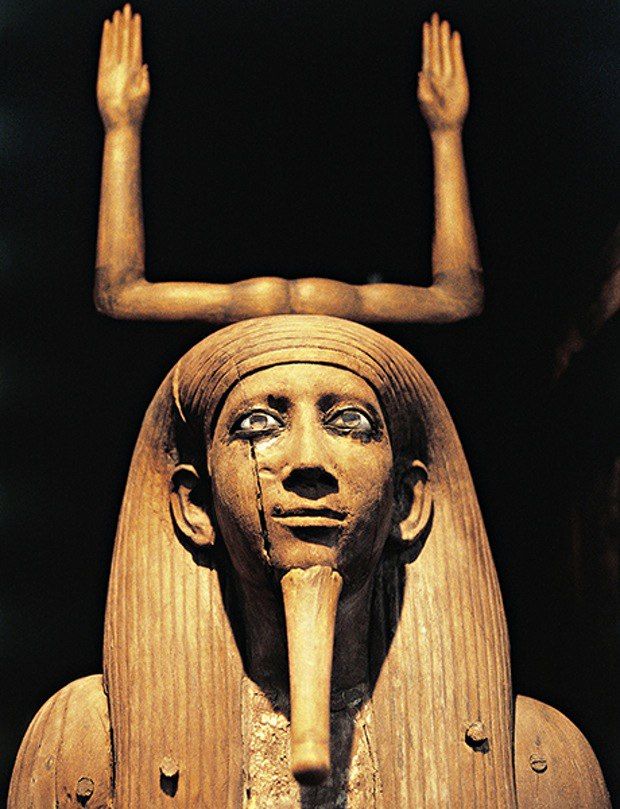Abu Mena is an Egyptian heritage site with the remains of a church, monasteries, houses, workshops, and other public buildings that were built on the tomb of Saint Menas of Alexandria. It is said that after he died as a martyr in the late 3rd or early 4th century AD, the camel carrying his body through the desert south of Alexandria stopped on its own and refused to go any further. People thought this was a sign from God, so Saint Menas was buried here.
Abu Mena Egypt
This became the site of a miraculous healing spring, and word got around. By the end of the fourth century AD, Abu Mena had become a popular place for pilgrims to go. Abu Mena was a town, monastery complex, and Christian pilgrimage site in late ancient Egypt. It was about 50 km (31 mi) south-west of Alexandria, close to New Borg El Arab city.
Its ruins became a UNESCO World Heritage Site in 1979 because of how important the site was to early Christianity. There aren’t many things that are still standing, but the foundations of most of the important buildings, like the great basilica, are easy to see. Recent farming in the area has caused the water table to rise a lot, which has caused a number of the buildings on the site to fall or become unstable.
Abu Mena Excavations
In 2001, the site was put on a list of World Heritage sites that were in danger. Authorities had to put sand at the bottom of the most dangerous buildings on the site. From 1905 to 1907, the site was dug up for the first time. Through these efforts, a large basilica church, a church next to it that probably held the saint’s remains, and Roman baths were found. In the most recent digging, a large dorm for poor pilgrims was found. It had separate wings for men, women, and children.
The hegoumenos, or abbot, probably lived in a complex to the south of the great basilica. Archaeological work shows that the great xenodocheion, which is where pilgrims meet, may have been a cemetery in the past. A baptistery next to where the first church was built seems to have gone through at least three stages of construction. A complex of wine presses and underground storage rooms from the sixth and seventh centuries was also found.






